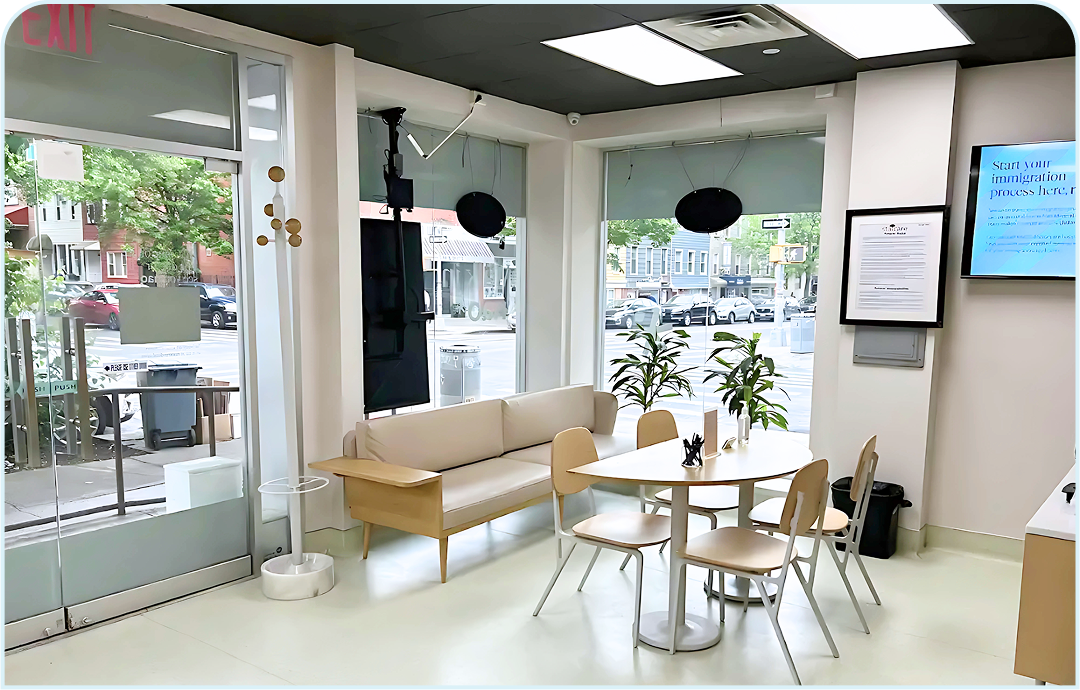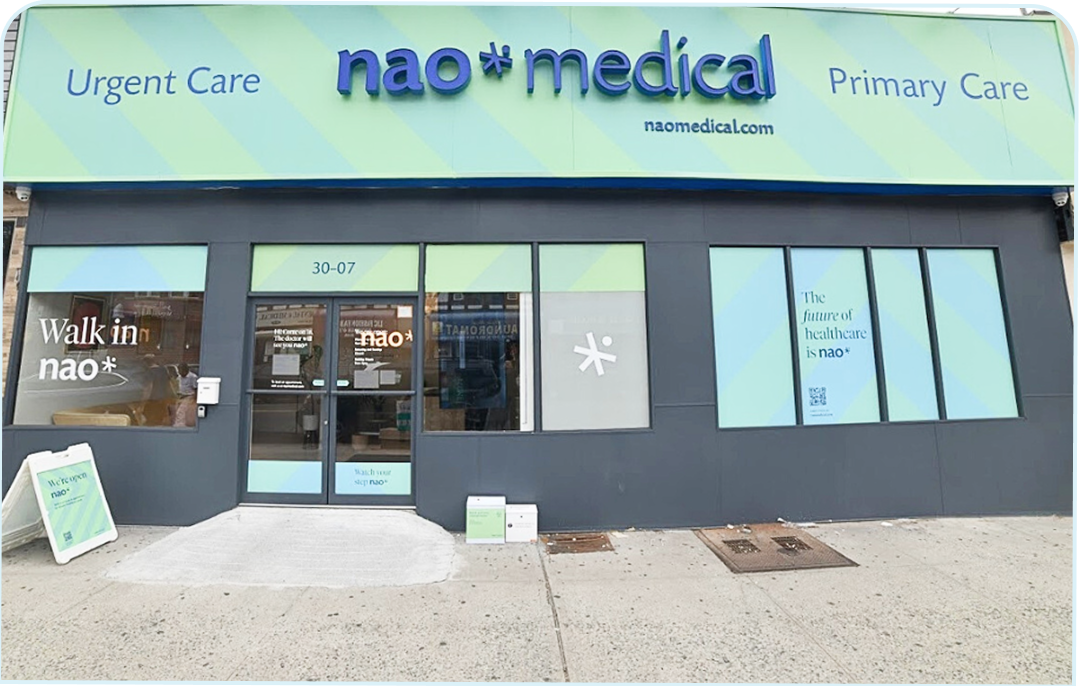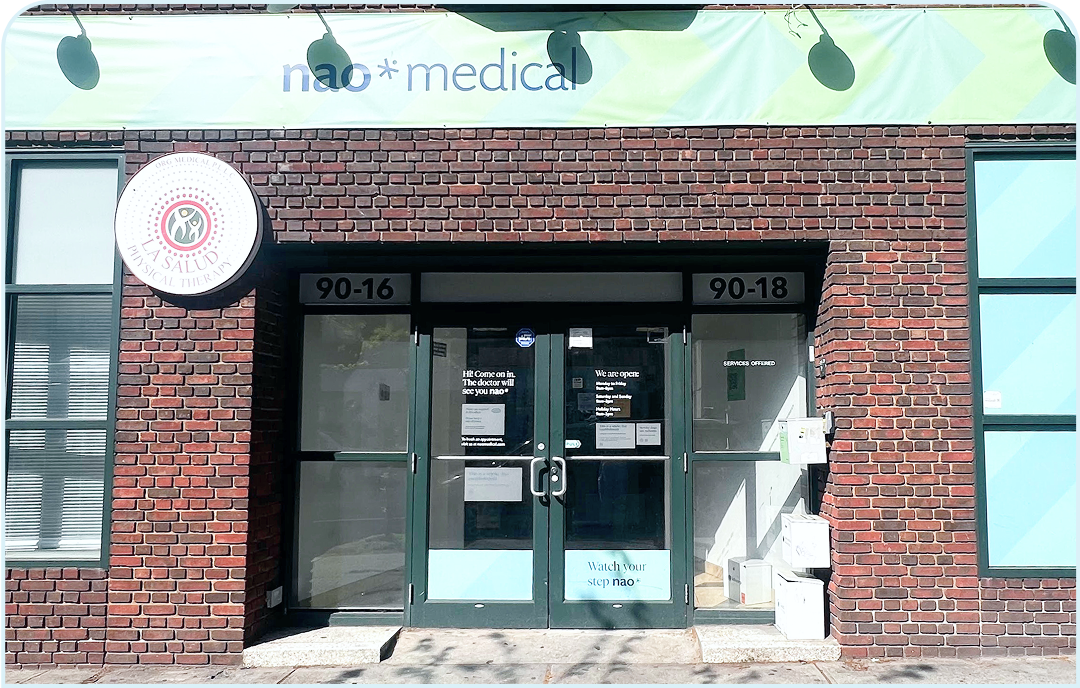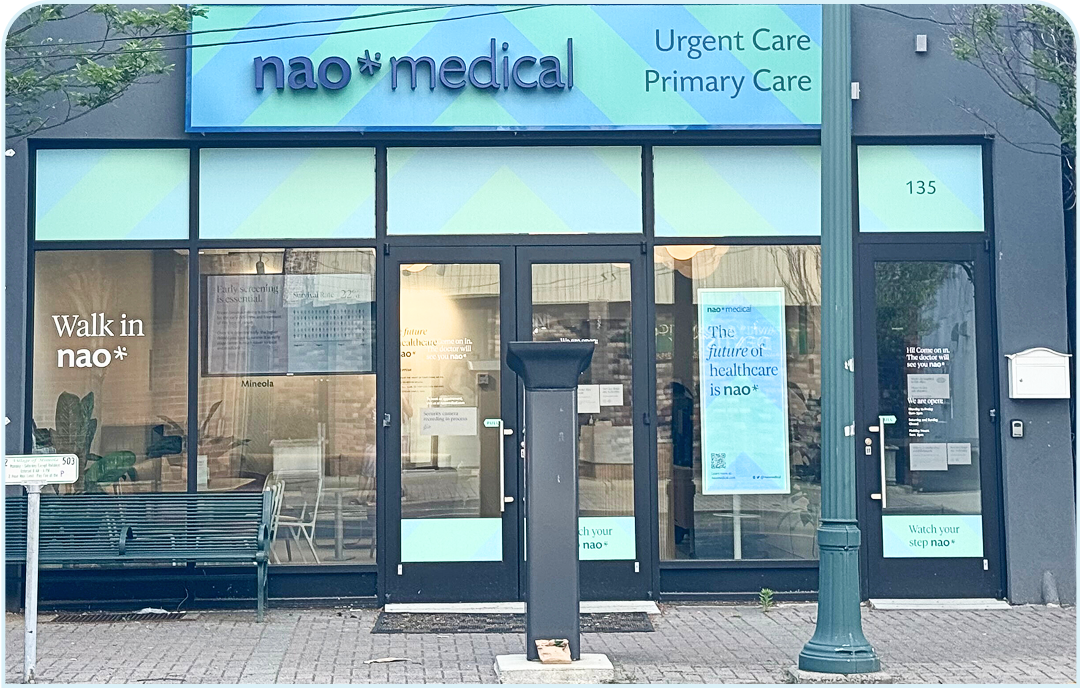For those living with diabetes, traveling can be especially tricky. Though you can enjoy all kinds of recreational travel from a week at the beach to camping or sightseeing across Asia, it’s important to consider how your diabetes can affect the way you travel and plan accordingly. Planning ahead is the key to traveling with diabetes.
To make sure you have a safe and enjoyable experience, here are some tips for traveling with diabetes.
- Be sure to have a complete medical exam well before you travel to make sure your diabetes is under control. This will allow enough time for immunizations (if you need them), and give you time to recover from any side effects.
- Plan your activities so you can schedule your meals and insulin injections.
- Be sure to label all medications. Make a note of all your medications along with dosages.
- Make sure you carry enough medication and syringes to last through the trip with you. Also carry equipment needed to manage your diabetes (insulin, syringes, and other medicines or devices).
- You may want to carry at least twice as much medicine and blood-testing supplies as you think you’ll need.
- Be sure to carry extra batteries for your glucometer.
- Carry a well-wrapped, airtight pack of snacks like crackers, peanut butter, some form of sugar like hard candy or glucose tablets to treat low blood glucose level (hypoglycemia).
- Before you fly, be sure to request a special meal low in sugar, fat, and cholesterol at least 48 hours in advance.
- Wait until you see your food coming down the aisle to take your insulin shot. Otherwise, if your meal is delayed, you could experience low blood glucose.
- Plan for crossing time zones. Eastbound travel means a shorter day, so if you inject insulin, you may need less. Traveling westbound means a longer day, so more insulin may be needed. Be sure to talk to your healthcare provider for more information.
- Check your blood sugar soon after landing as jet lag may make it difficult to tell if your blood sugar is very low or very high.
- Store insulin properly. Insulin does not need to be refrigerated, but should not be stored in very hot or very cold temperatures. Many travel packs are available to keep insulin cool.
- Be extra careful about food and water precautions. Avoid uncooked foods and tap water. Your blood sugar levels might get out of control if you eat something that upsets your stomach.
- Wear comfortable shoes and never walk with bare feet. Check your feet every day, looking for signs of blisters, cuts, redness, swelling, and scratches.
- Get medical care at the first sign of any infection or inflammation.
Walk-in to any of our clinics and talk to one of our healthcare providers about traveling with diabetes. You can also get your physical and travel vaccines and immunization done before traveling. With a little bit of planning ahead of time, there’s no reason why someone with diabetes cannot enjoy a successful trip!

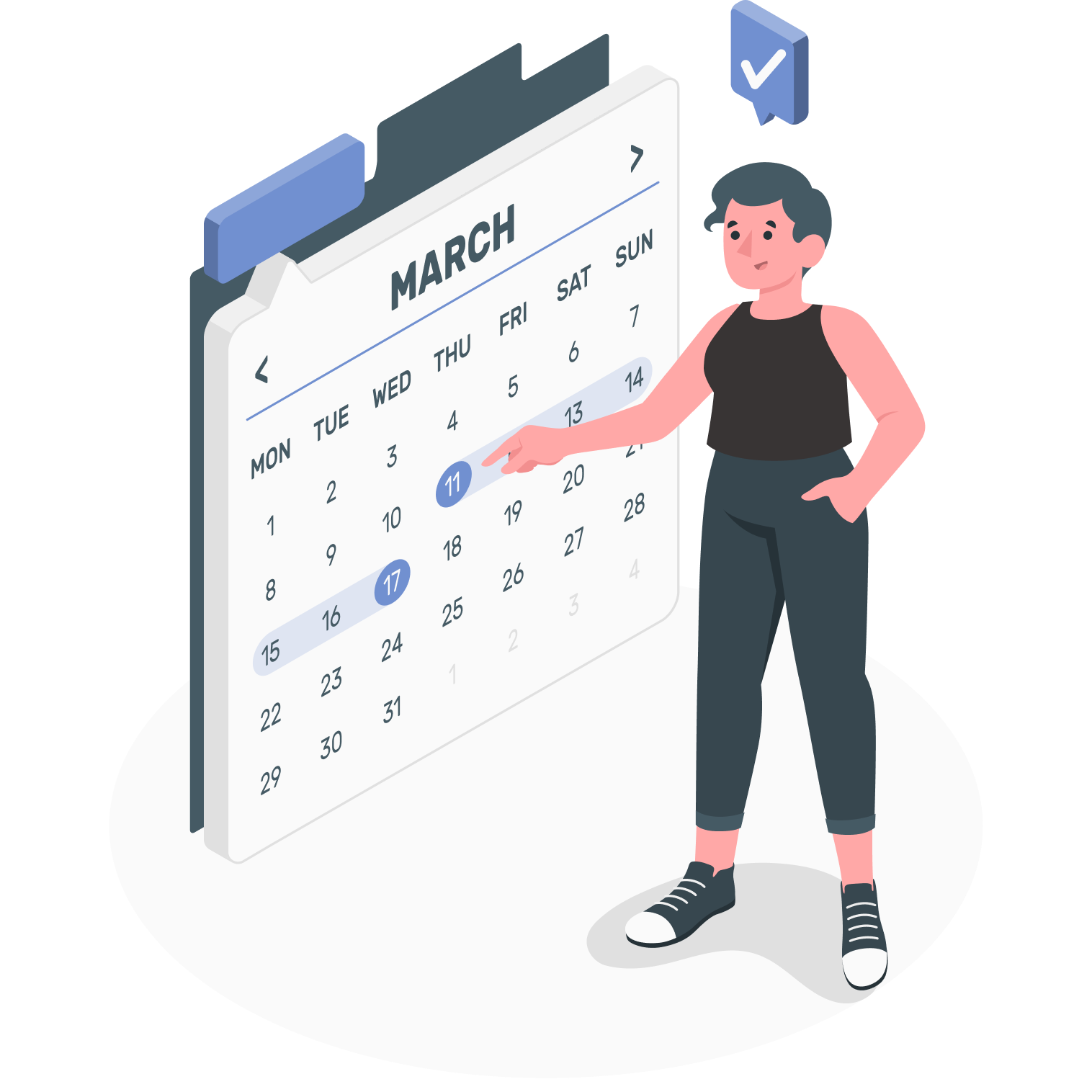


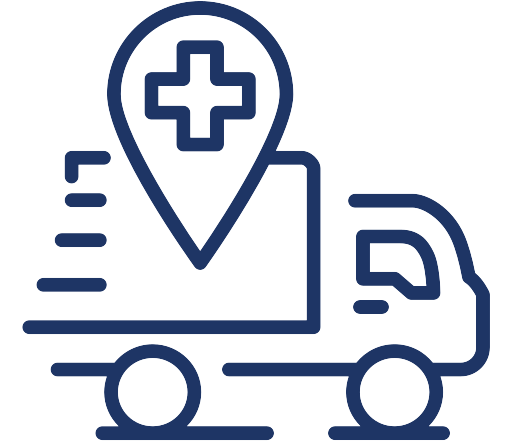


 (917) 310-3371
(917) 310-3371
